Singapore’s first below-sea-level reclamation project at Pulau Tekong
Singapore has reclaimed 800ha of land below sea level at Pulau Tekong using empoldering. The method saves sand and improves climate resilience. Here's how it works — and why it matters.
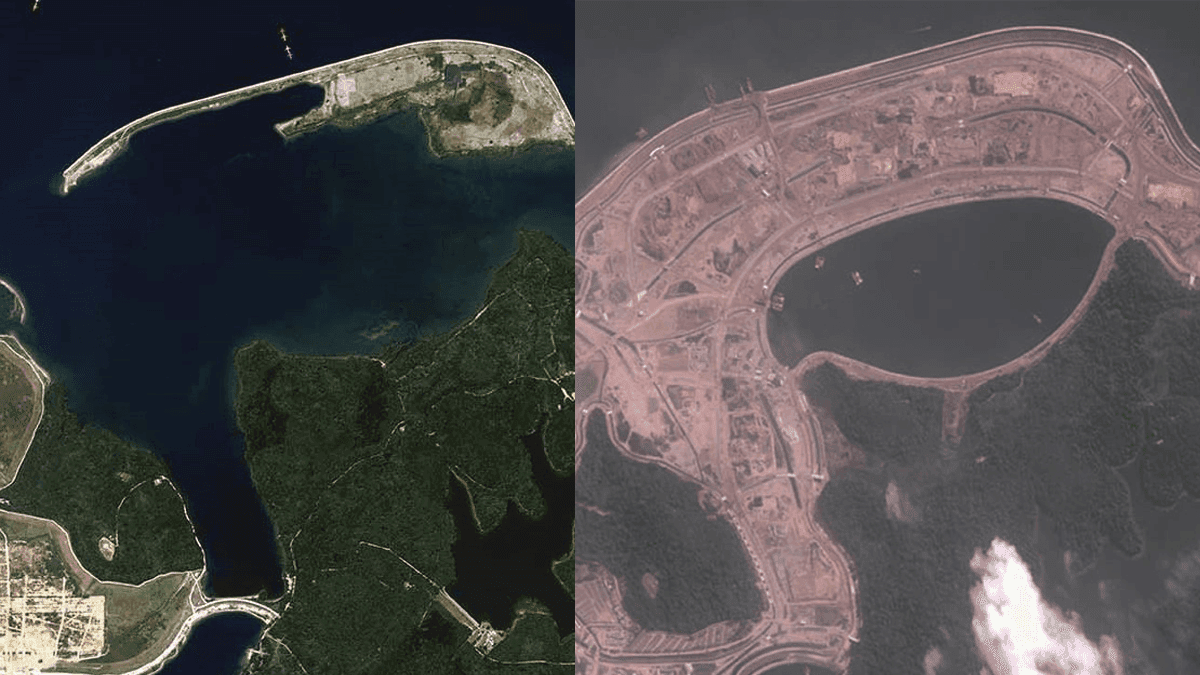
- Singapore has reclaimed 800ha at Pulau Tekong using empoldering — its first below-sea-level land reclamation.
- The system includes a 10km dike, 116ha pond, and 45km drainage network managed via automated controls.
- The project uses 50% less sand, offering sustainability and climate resilience amid global sand export bans.
On 8 September 2025, the Housing & Development Board (HDB) and national water agency PUB announced the completion of main construction works for Singapore’s first polder — a tract of land reclaimed below sea level.
Located at the north-western tip of Pulau Tekong, the 800ha area will be used for military training, freeing up mainland land for housing and urban development.
Prime Minister Lawrence Wong visited the site, nearly a decade after unveiling the project in 2016 as Minister for National Development.
What is a polder and how is it different?
Unlike traditional reclamation, which involves infilling large volumes of sand to raise land above sea level, empoldering creates dry land below sea level by enclosing an area with a dike and draining the water.
Key differences:
-
Sand savings: Empoldering uses almost 50% less sand than conventional methods.
-
Height advantage: Traditional reclaimed land must be built above projected sea-level rise. Empoldering allows for flexible dike adjustments over time.
-
Water control: A polder must be actively managed to keep water out — especially during Singapore’s frequent tropical storms.
How does the Tekong polder system work?
The polder at Pulau Tekong is supported by a multi-tiered coastal defence and water management system, tailored to Singapore’s tropical conditions.
1. Coastal dike
-
A 10km-long dike encloses the polder.
-
It stands up to 6 metres above mean sea level.
-
The reclaimed land lies about 1.2 metres below sea level.
-
The dike includes a maintenance road and is designed to be raised further in response to future sea-level rise.
2. Drainage network
-
The polder includes 45km of drains.
-
Over 30 water control structures regulate flow within and out of the system.
-
Water is continuously circulated to prevent stagnation, even in dry weather.
3. Stormwater pond
-
A 116ha stormwater collection pond acts as a buffer during rain.
-
It can hold up to 5 million cubic metres of water — or 2,000 Olympic-size swimming pools.
-
Excess water is diverted to the sea using pumps.
4. Pumping stations
-
Central Pumping Station: Recirculates water within the polder.
-
Drainage Pumping Station: Pumps stormwater out to sea during heavy rain.
How is the system monitored?
PUB has implemented a fully automated remote control system:
-
170 CCTV cameras and over 260 sensors detect faults, water quality, and water levels.
-
Real-time operations are managed from the polder’s control centre and PUB’s joint operations centre on the mainland.
-
These systems allow for early warning and remote response to flooding risks or system failures.
Who helped design it?
Singapore worked closely with engineers from the Netherlands, drawing on centuries of Dutch expertise in land reclamation.
While Singapore has milder wave conditions, it experiences more intense rainfall, requiring the drainage and pumping systems to be carefully adapted to local climate patterns.
Why is this method significant?
1. Land optimisation
The project supports military use, allowing scarce mainland land to be redeveloped for homes and public infrastructure.
2. Climate resilience
Empoldering provides adaptable protection against rising seas. Dike heights can be increased as needed, making the system more future-proof.
3. Sand sustainability
Sand is a major ingredient in land reclamation — and one that is increasingly restricted.
Several countries, including Malaysia, Indonesia, Vietnam, and Cambodia, have banned or limited sand exports to prevent environmental degradation. Indonesia briefly lifted its 20-year ban in 2023 but reversed course after its Supreme Court annulled key regulations in 2025 due to environmental and legal concerns. These actions highlight the growing fragility of global sand supply chains.
Using less sand through empoldering not only reduces environmental impact, but also shields Singapore from international supply risks.
What’s next?
Final commissioning of the Tekong polder’s systems — including telecommunications and infrastructure integration — will be completed by late 2025.
The project will then be formally handed over to PUB and the Ministry of Defence, who will oversee ongoing operations and water management.
Authorities will study the long-term costs and performance of the system to determine whether empoldering should be expanded to future reclamation projects.


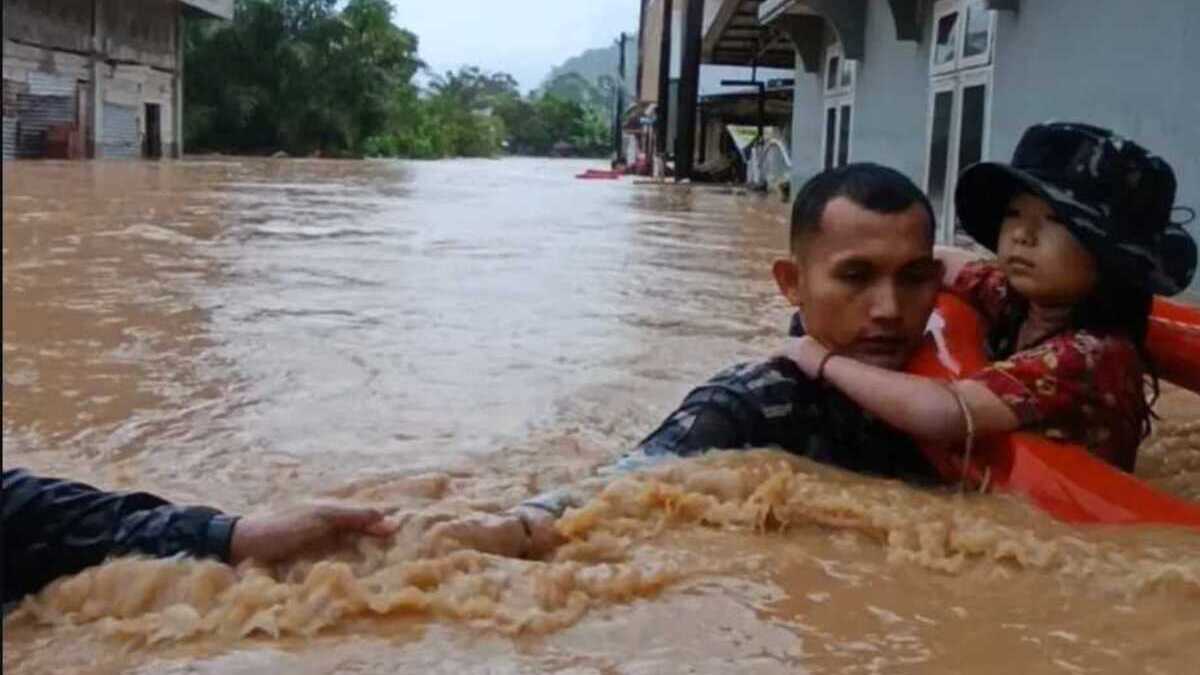

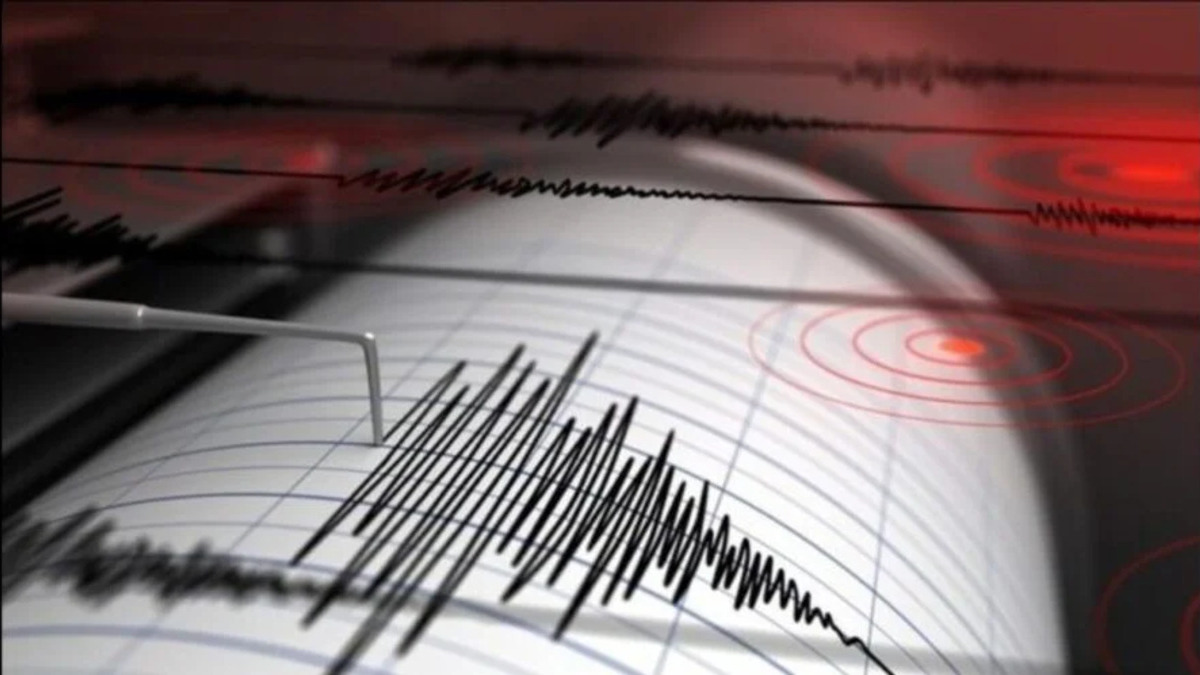
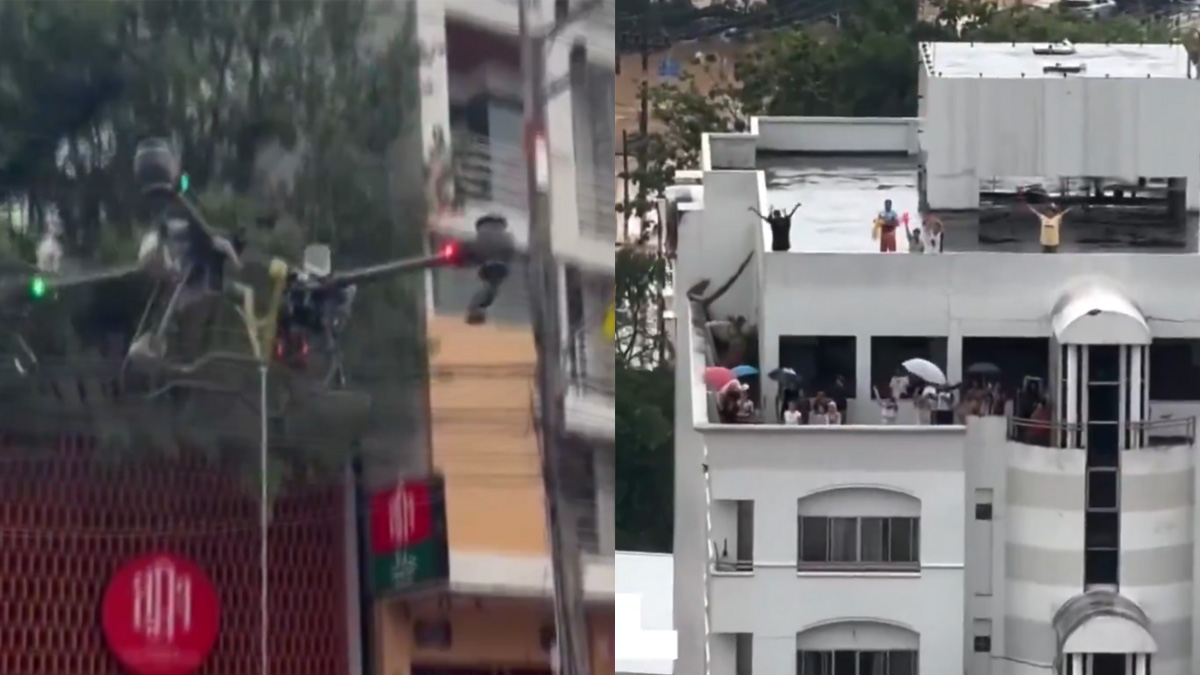

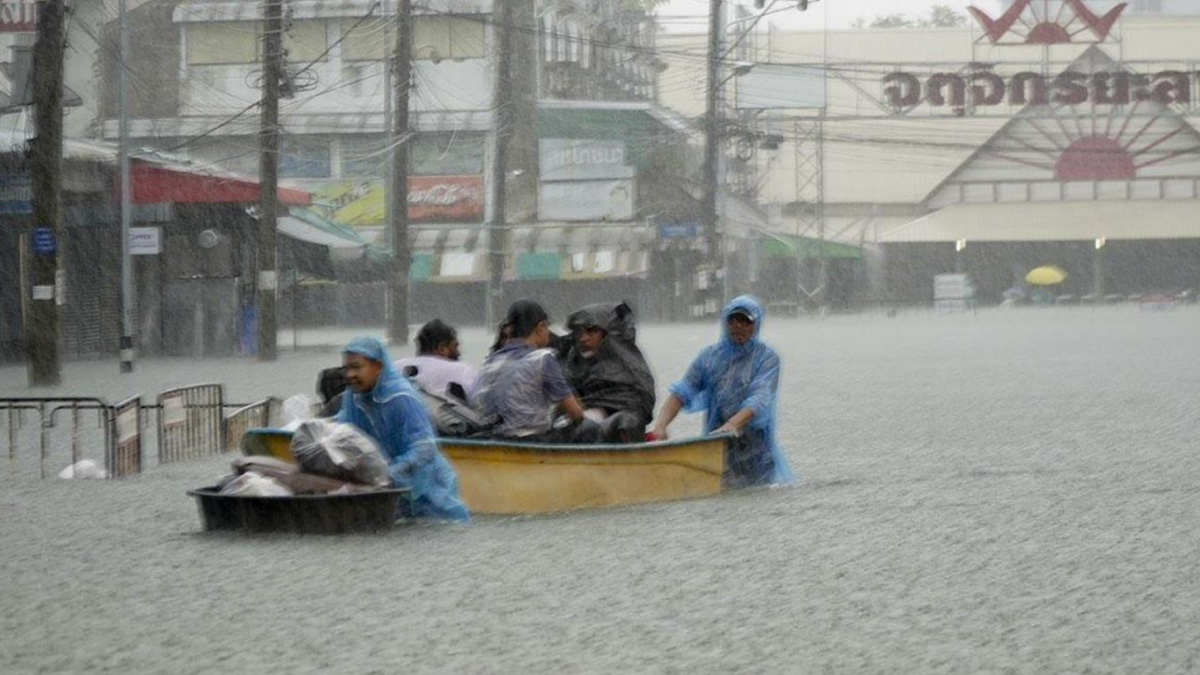
0 Comments